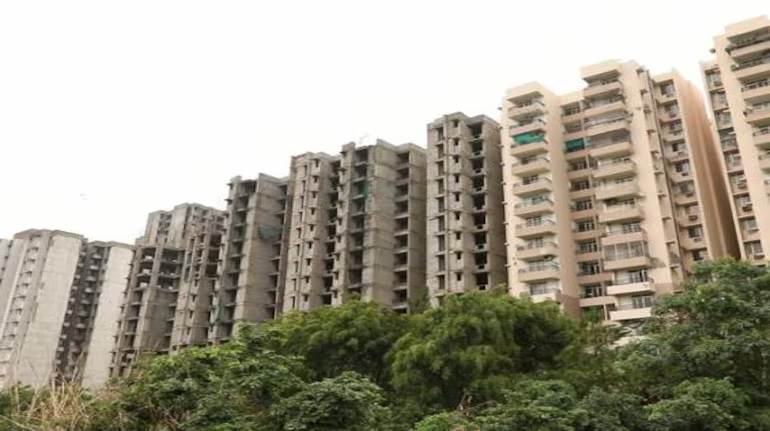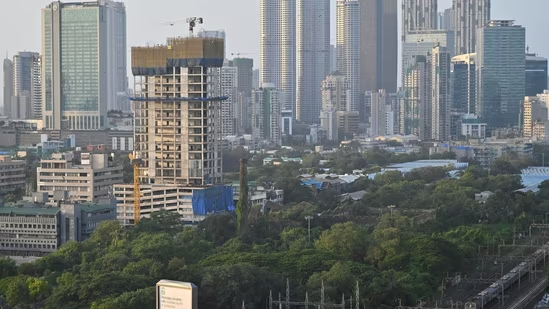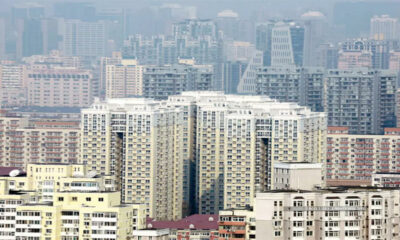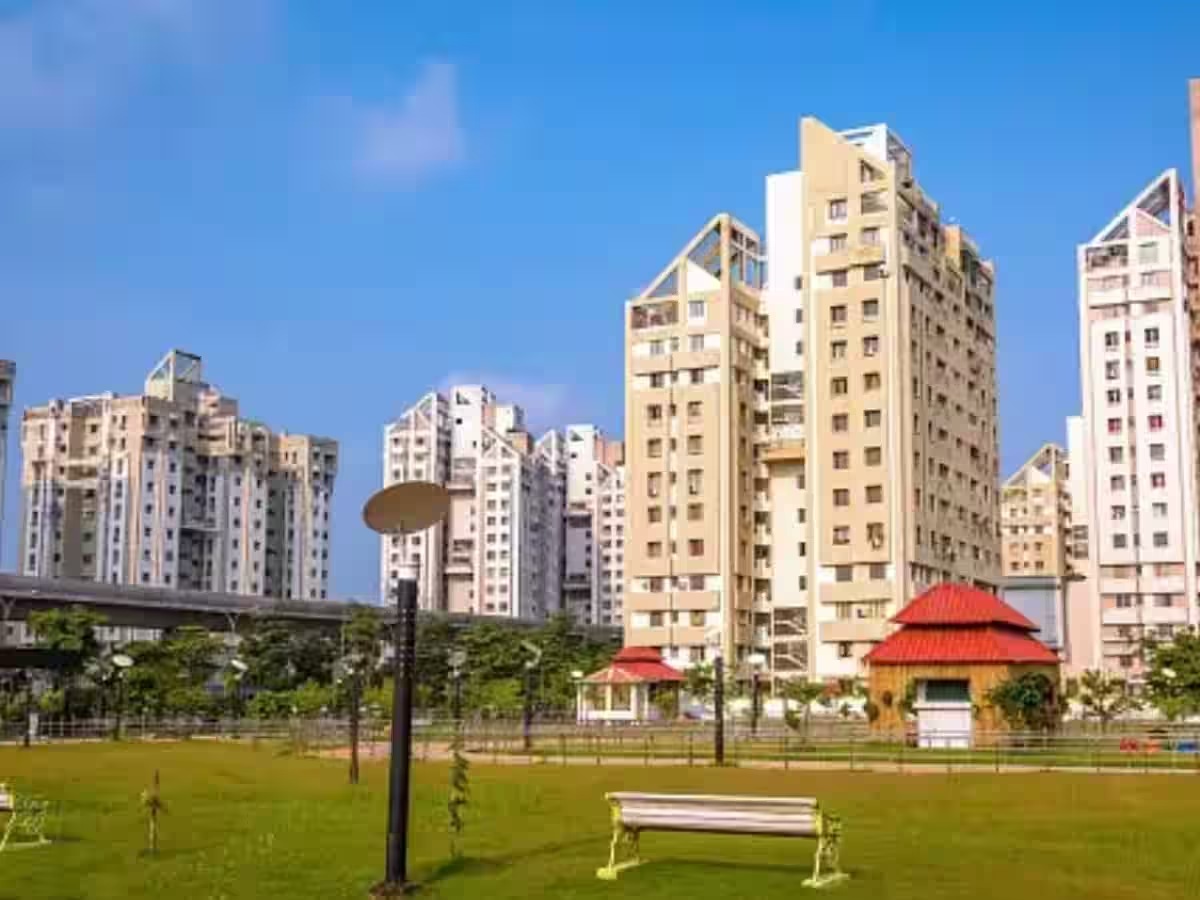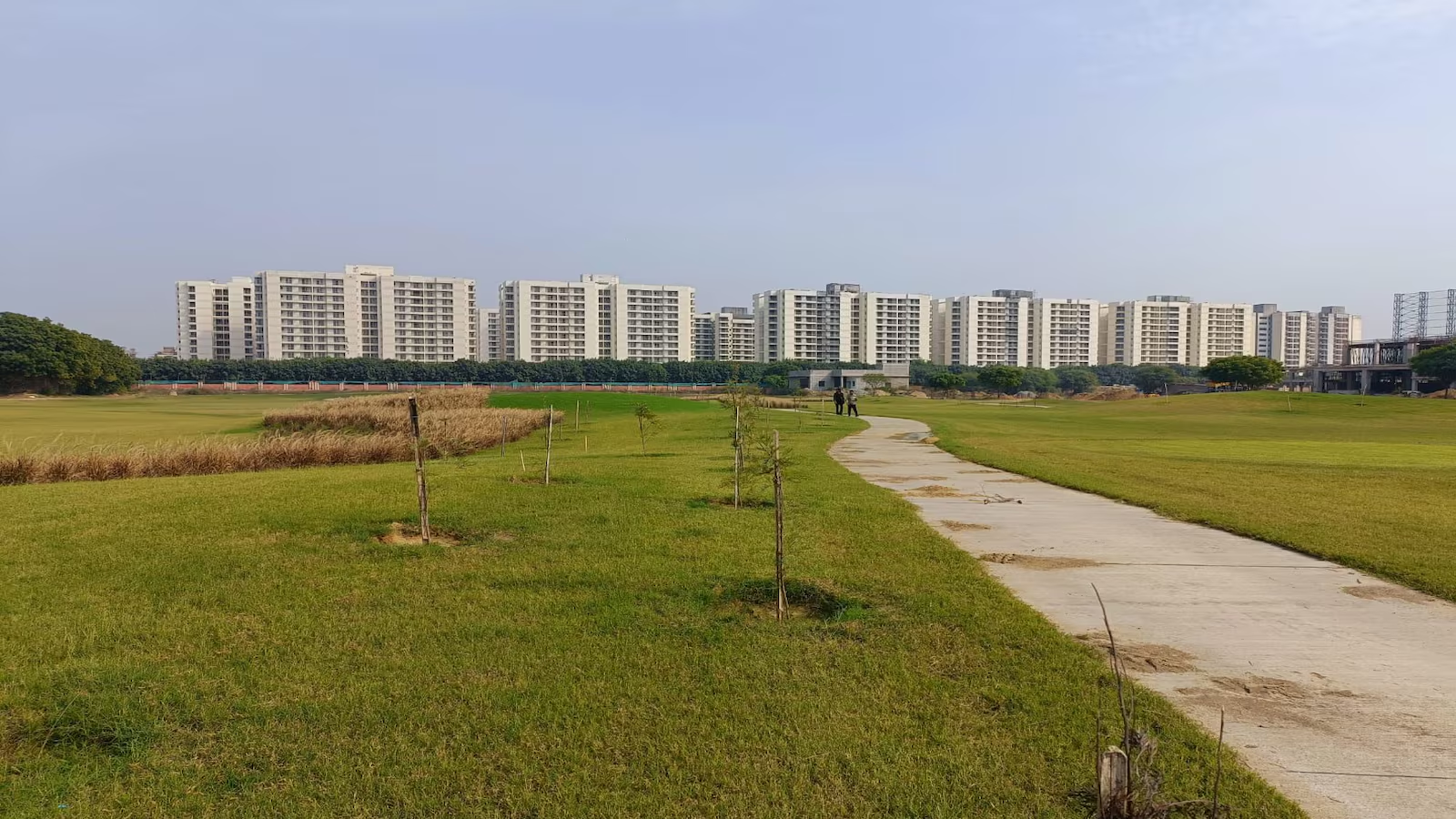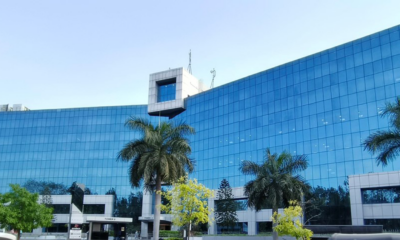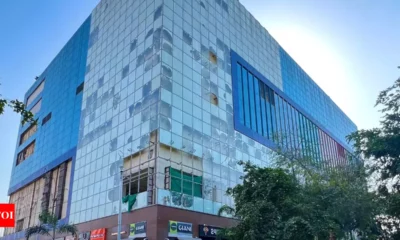Report
India sees strongest office leasing across Asia Pacific markets: JLL report


The following is the report by Anuj Puri, Chairman and Country Head at JLL India
As per JLL’s Global Market Perspective (Q4 2015), India saw the strongest leasing activity in the Asia Pacific region in Q3, contributing over half of Asia’s total gross leasing in office markets. In India, Delhi was the most active market with a number of large transactions, and substantial increases were seen in Mumbai as well as Bengaluru.
Overall, leasing activity continued to improve in Q3, with Asia Pacific gross leasing volumes rising substantially by 27 pc year-on-year, following a solid Q2. The most active sectors across the region in the quarter were domestic financial institutions and technology firms. However, the improvement was inconsistent.
While India’s strong performance was matched by China that recorded a buoyant demand in Q3 (notably in Shanghai, where demand from domestic corporations has been particularly vigorous), leasing fell by 23 pc year-on-year in Australia as the robust pre-commitment activity of prior quarters tailed off. Similarly, Tokyo and Singapore saw a net reduction in occupation in Q3.
Office leasing volumes for the full-year 2015 in Asia Pacific are predicted to be 25 pc higher than 2014, with Tier I cities in China (particularly Shanghai) and India likely to continue to see the strongest activity. A further 5-10 pc growth in Asia Pacific leasing volumes is projected for 2016, assuming China’s economy does not slow more abruptly than expected.
Office demand dynamics
In general, the investment market in Asia Pacific remains lively with strong interest shown by cross-border Asian investors and global funds. More portfolio and platform transactions are being completed, as investors look to gain access to stock that is difficult to acquire directly. Investment volumes in Q3 2015 are in line with JLL expectations and year-to-date Asia Pacific volumes account for 63 pc of our original US$140 billion full-year forecast.
India’s transaction volumes almost doubled from the previous quarter to US$1 billion in Q3, with ample interest from equity funds as they look to take advantage of the attractive demographic trends and anticipated long-term growth potential. Investors have now become more selective and prefer core stabilised assets in the office and retail sectors. It is expected that increasing investor demand across all sectors will continue to be constrained by a lack of available high-quality stock.
Corporate occupiers in growth mode
Corporate occupiers remain in expansion mode in the majority of global commercial centres. Corporate growth continues to drive strong demand for real estate in established hubs like London, New York and Sydney, in addition to more emerging centres such as Shanghai, Delhi and Bangalore.
Recent corporate sentiment and confidence indicators have shown some caution and hesitancy. Macroeconomic concerns around China’s slowdown, lower global growth forecasts and geopolitical volatility appear to be having a moderating impact on corporate risk appetites. However, such concerns have as yet shown little sign of slowing the robust levels of occupier leasing activity.
Shared services, nearshoring, offshoring gains
In terms of portfolio and location strategy, companies continue to explore shared service centres and nearshore and offshore hubs. In India, over a dozen financial services occupiers are actively seeking back/middle office space of over 50,000 square metres in cities such as Delhi and Bangalore. Within the U.S. and Europe, similar portfolio planning exercises are underway to optimise enterprise footprints and to seek greater efficiencies and margin gains through location strategy.
Development cycle approaches peak in Asia Pacific
Asia Pacific stock additions in Q3 were up 38 pc year-on-year to 1.2 million square metres, with 38 pc of the total in India, 22 pc in Australia and 18 pc in China. Full-year 2015 new deliveries are likely to reach 5.7 million square metres, a jump of 70 pc year-on-year due to high activity in China and India. Another 6.1 million square metres is projected to be delivered in 2016, thereafter declining to 4.5–5.0 million square metres per year in 2017-2018.
-



 News3 weeks ago
News3 weeks agoKW Delhi 6 Mall Onboards New Brands
-



 News4 weeks ago
News4 weeks agoManasum Senior Living Launches IKIGAI GOA, A Senior Living Community in North Goa, in collaboration with Prescon Homes
-



 News2 weeks ago
News2 weeks agoGodrej Properties Sells Rs 3k cr+ Homes of Godrej Zenith, Gurugram, within 3 days
-



 News4 weeks ago
News4 weeks agoBridging India Divide: Top 5 Tier- 2 Cities to Focus On
-



 News3 weeks ago
News3 weeks agoCommercial Realty Gets Tech Savvy: Fast Construction, Enhanced Convenience
-



 News4 weeks ago
News4 weeks agoMultipoint Connection – A Definite Boon
-





 News3 weeks ago
News3 weeks agoRBI’s Status Quo on Key Policy Rates to Help Maintain the Real Estate Growth Momentum, Say Industry Stalwarts
-



 News1 week ago
News1 week agoOlive Announces Dhruv Kalro as Co-Founder







